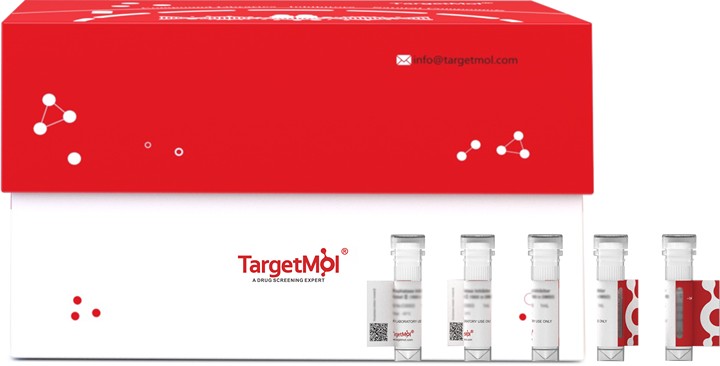Shopping Cart
- Remove All
 Your shopping cart is currently empty
Your shopping cart is currently empty
IdeS (IgG-degrading enzyme of Streptococcus pyogenes) is a secreted cysteine endopeptidase from the human pathogen S. pyogenes with an extraordinarily high degree of substrate specificity, catalyzing a single proteolytic cleavage at the lower hinge of human IgG. This proteolytic degradation promotes inhibition of opsonophagocytosis and interferes with the killing of group A Streptococcus. IdeS Protein, Streptococcus pyogenes, Recombinant (His) is expressed in E. coli expression system with His tag. The predicted molecular weight is 36.2 kDa and the accession number is F8V4V0-1.

| Pack Size | Price | Availability | Quantity |
|---|---|---|---|
| 5 μg | $68 | 7-10 days | |
| 10 μg | $108 | 7-10 days | |
| 20 μg | $178 | 7-10 days | |
| 50 μg | $359 | 7-10 days | |
| 100 μg | $696 | 7-10 days |
| Biological Activity | One unit digests ≥ 95% of 1µg human IgG when incubated in PBS buffer, pH 7.4 at 37°C for 30min. The specific activity is 20,000 unit/mg. |
| Description | IdeS (IgG-degrading enzyme of Streptococcus pyogenes) is a secreted cysteine endopeptidase from the human pathogen S. pyogenes with an extraordinarily high degree of substrate specificity, catalyzing a single proteolytic cleavage at the lower hinge of human IgG. This proteolytic degradation promotes inhibition of opsonophagocytosis and interferes with the killing of group A Streptococcus. IdeS Protein, Streptococcus pyogenes, Recombinant (His) is expressed in E. coli expression system with His tag. The predicted molecular weight is 36.2 kDa and the accession number is F8V4V0-1. |
| Species | Streptococcus pyogenes |
| Expression System | E. coli |
| Tag | N-His |
| Accession Number | F8V4V0-1 |
| Construction | A DNA sequence encoding the streptococcus pyogenes IdeS (F8V4V0-1) (Asp30-Asn341) was expressed with a polyhistidine tag at the N-terminus. Predicted N terminal: Met |
| Protein Purity | > 95 % as determined by SDS-PAGE. |
| Molecular Weight | 36.2 kDa (predicted) |
| Endotoxin | Please contact us for more information. |
| Formulation | Supplied as sterile PBS, 50% Glycerol, pH 6. 6. |
| Reconstitution | A Certificate of Analysis (CoA) containing reconstitution instructions is included with the products. Please refer to the CoA for detailed information. |
| Stability & Storage | It is recommended to store the product under sterile conditions at -20°C to -80°C. Samples are stable for up to 12 months. Please avoid multiple freeze-thaw cycles and store products in aliquots. |
| Shipping | Shipping with blue ice. |
| Research Background | IdeS (IgG-degrading enzyme of Streptococcus pyogenes) is a secreted cysteine endopeptidase from the human pathogen S. pyogenes with an extraordinarily high degree of substrate specificity, catalyzing a single proteolytic cleavage at the lower hinge of human IgG. This proteolytic degradation promotes inhibition of opsonophagocytosis and interferes with the killing of group A Streptococcus. |

Copyright © 2015-2025 TargetMol Chemicals Inc. All Rights Reserved.